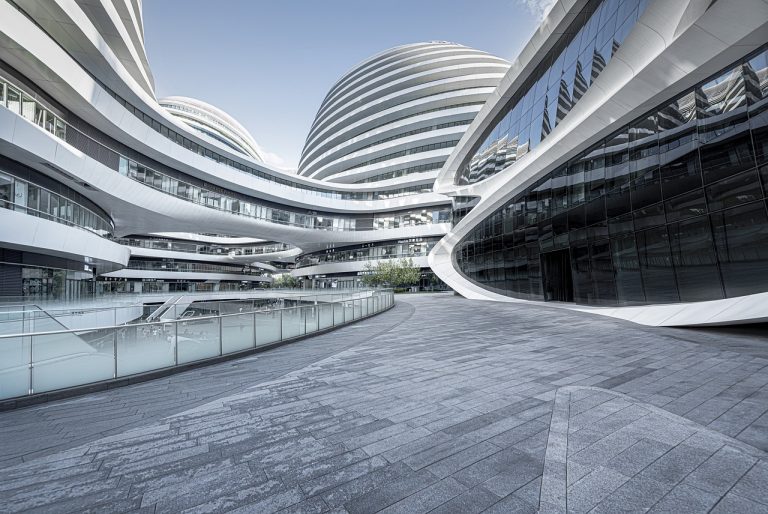When considering options for cooling your home or office, a split air conditioner is a popular choice for many homeowners and businesses. This type of air conditioning system consists of two main components: the indoor unit, which contains the cooling coil and air filter, and the outdoor unit, which houses the compressor and condenser. This configuration allows for efficient cooling without the need for extensive ductwork, making it an attractive option for a variety of settings.
One of the primary advantages of a split air conditioner is its energy efficiency. Unlike traditional central air systems, split systems can cool specific areas independently, reducing energy wastage in unoccupied spaces. This targeted cooling capability not only lowers electricity bills but also minimises your environmental footprint. Additionally, modern split systems come equipped with inverter technology, which adjusts the compressor speed according to the desired temperature, further enhancing energy savings.
Another significant benefit of a split air conditioner is its ease of installation. Since the system does not require ducts, installation is less invasive and can be completed more quickly than with other types of air conditioning systems. This is particularly advantageous for older buildings where installing ducts can be costly and complex. The sleek design of the indoor unit also means it can be mounted on a wall without taking up floor space, making it ideal for rooms with limited dimensions.
Split air conditioners are also renowned for their quiet operation. The compressor and condenser, which are the noisiest components, are located outside the building, ensuring that the indoor environment remains peaceful. This is especially important in environments where noise can be distracting, such as bedrooms, offices, or study areas. The quiet performance of split systems thus enhances comfort and productivity.
In addition to cooling, many split air conditioners offer heating capabilities, providing a year-round climate control solution. This dual functionality eliminates the need for separate heating and cooling systems, saving both space and money. With advanced features such as programmable timers, remote controls, and smart connectivity, split systems offer convenience and flexibility, allowing users to tailor the indoor climate to their specific needs.
Furthermore, the air filtration systems in split air conditioners improve indoor air quality by removing dust, allergens, and other pollutants. This is beneficial for individuals with allergies or respiratory issues, as it helps create a healthier living or working environment. Regular maintenance and cleaning of the filters ensure the system operates at peak efficiency and maintains good air quality.
When looking to purchase a split air conditioner, it is essential to consider factors such as the size of the space to be cooled, the efficiency rating, and the system’s features. For a comprehensive selection of options, you can explore a variety of split air conditioner models that cater to different needs and budgets.
If you’re interested in learning more about the advantages of split air conditioners or need assistance with choosing the right system for your space, consider visiting a reliable source like this website for expert advice and guidance. With the right system in place, you can enjoy a comfortable and energy-efficient indoor climate year-round.








